News 8/18/09
HealthPort files for a $100 million IPO under the Nasdaq exchange. HealthPort was formed two years ago with the merger of SDS and Companion Technologies and last year merged with ChartOne.
Atlanta Women’s Specialists promotes its on-line services that include patient access to their personal medical records. The 11-provider group also encourages direct e-mail access with its physicians. The practices utilizes Allscripts Professional EHR.
Pediatrician Dr. Wendy Frieling joins IT service company PHNS as a regional account executive supervising the delivery of the company’s IT and business process services.
Ophthalmic Imaging Systems posts $2.9 million in net revenues for the 2nd quarter, compared to $3.2 million a year ago. The net loss for the quarter was $4 million, compared to last year’s $400,000. The company blames the revenue decline on lower sales and the loss on increased debt following its merger with MediVision.
A Florida medical magazine covers the history of EMR vendor DoctorsPartner, which says its PM offering was Best in KLAS 2007 and its EMR #2.
Dartmouth College plans to use a $3 million federal grant to develop a telehealth system to monitor patients through mobile phones and wearable wireless medical sensors.
Cielo MedSolutions selects Medfusion’s patient portal solution for use with its disease management patient registry. Cielo will integrate Medfusion’s portal solution to notify patients they are due to schedule a preventative or disease management appointment or to follow-up on a ordered test or procedure.
Over 600 participants traveled to Austin, TX last month to attend e-MDs 5th annual User Conference & Symposium.
You knew someone was bound to offer a “Cash for Clunkers” program for EHRs. MedPlexus offers a stimulus package that grants payments for $3,000 to $5,000 for doctors who replace their previous EHR and/or practice management platform with MedPlexus’ SaaS solution. Creative marketing (sort of) though I wonder if the program really offers pricing that is all that special.
Senators Mark Udall and Kay Hagan introduce a bill to address the shortage of primary care doctors in rural communities. The Rural Physician Pipeline Act would give medical schools resources to establish or expand rural training programs, including recruiting students from rural areas who desire to practice in their hometown or other rural communities.
The Oregon Health & Science University is addressing the physician shortage problem from a different angle. OHSU’s Physician Re-Entry Program is designed to help doctors coming out of retirement re-qualify for licenses. A dozen doctors have completed the program since its inception in 2006.
It’s clear from Friday’s excellent recommendations to HHS by the Certification and Adoption Workgroup of the HIT Policy Committee that they want major changes made to EHR certification. Some of the high points:
- HHS certification (notice they didn’t call it CCHIT certification) is not intended to be a seal of approval.
- A new certification process should be developed that focuses on Meaningful Use rather than specific functionality points (that change will let specialty EMR vendors certify their products).
- Certification should include all privacy and security policies that are in ARRA and HIPAA.
- New highly detailed interoperability and data exchange specs should be created.
- “Test harnesses” should be created so that providers can test their own software.
- Multiple certification organizations should be allowed, with NIST accrediting them.
- ONC should define certification criteria, not the organizations performing the certification testing.
- Certification criteria will be updated no more frequently than once every two years and certification should be good for four years.
- “Lock down” requirements should be eliminated to level the playing field for open source systems.
- Since Meaningful Use definition is imminent, HHS should create a preliminary certification that would be valid through 2011.
- Interesting quotes: “There has been criticism that CCHIT is too closely aligned with HIMSS or with vendors. While we did not see any evidence that vendors were exerting undue influence on CCHIT, we also understand that the appearance of a conflict is important to address … Most vendors advocated for a minimal approach to certification, complaining that CCHIT has ‘hijacked their development effort’ and that they are developing features/functions that nobody will use.”
The takeaway: if the recommendations are accepted, CCHIT’s role will be diminished and shared with other certification bodies, none of which will be allowed to create certification criteria; certification will move away from a detailed product design to focus instead of how EHR products are used; and CCHIT cannot shake its reputation for being controlled by a few big vendors and HIMSS. It’s pretty clear that CCHIT may well have an ongoing role in the government’s HIT policies, but not at the level of influence it has enjoyed until now. Finally, someone says no to HIMSS.

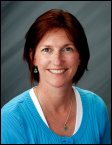



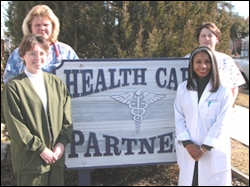
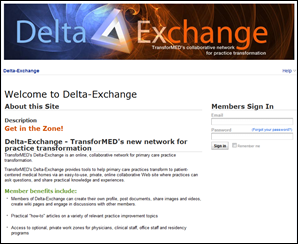


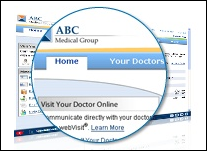




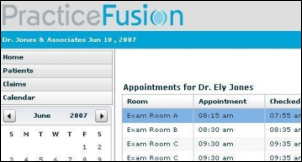
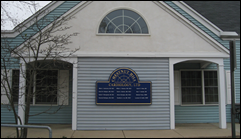


The article about Pediatric Associates in CA has a nugget with a potentially outsized impact: the implication that VFC vaccines…